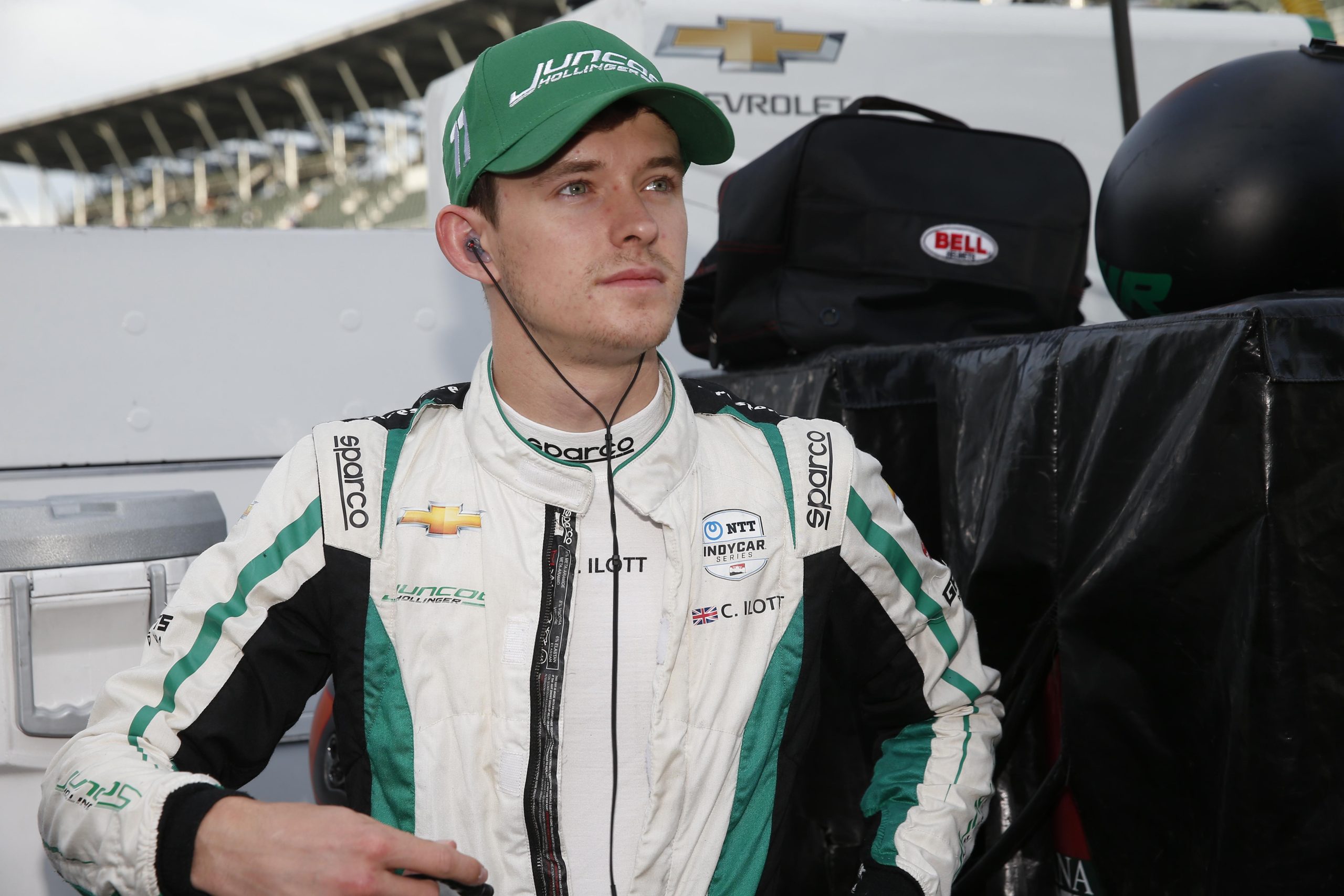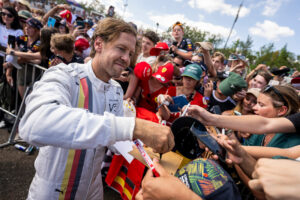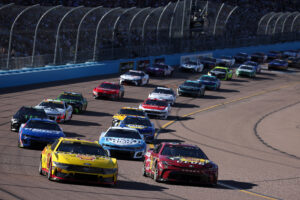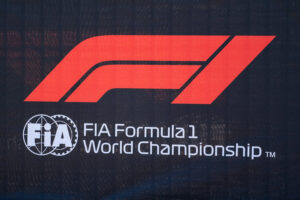Throughout the years many drivers who have participated in the Formula feeder series’ choose to race in IndyCar. Why is that?
Formula One is known as the pinnacle of motorsport. Young drivers around the world begin their motorsport careers aiming for a seat in the series. With many feeder series’ linked to the F1/2/3 ladder, it gives young drivers the hope that one day they can achieve their goal. IndyCar is the top open-wheel racing series in North America, with races held across the United States and Canada, as opposed to Formula One which races globally.
With the announcement that Formula 2 driver Marcus Armstrong would be racing in IndyCar for 2023, he joins a long list of junior drivers that have made the transition. Including fellow Brit and former Formula 2 driver Callum Ilott.
Incredibly grateful to @CGRTeams for this opportunity in IndyCar. 2023 starts now 🇺🇸 pic.twitter.com/Q7hp66Hxkv
— Marcus Armstrong (@MarcusArmstrng) December 2, 2022
Why do they switch?
IndyCar has a total of twenty-four drivers who compete in the series rather than the current twenty on the Formula One grid. This makes it harder for drivers in the feeder series’ to wiggle their way as many of the current drivers have multiyear contracts. Many young drivers are part of the F1 development programs (Red Bull Junior Team, Mercedes Academy, etc.) but this does not necessarily mean that they will get a shot in Formula One. In fact, the Red Bull Junior Team has signed on more than eighty drivers in the past two decades with only eight graduating to F1.
With such a low success rate many drivers are forced to look elsewhere to continue their passion. IndyCar is the most similar to Formula One in terms of the basic structure of the car, circuits & format. There are notable differences between the two, particularly in speed, aerodynamics, and the physical driving experience.
Former Formula One driver and current IndyCar driver Romain Grosjean stated that IndyCar is harder to drive in. Unlike Formula One, IndyCar does not use slipstreams, DRS, and power steering. It makes for more intense racing at 240mph compared to F1 at 220 mph. IndyCar is also a lighter car than a Formula One car leading to more side-by-side racing.
Money Matters
Drivers who have raced in both series’ have found more success in IndyCar such as the 2022 Indy 500 winner Marcus Ericcson. Another key point is that IndyCar is less expensive to race in. It’s no secret that all forms of motorsport require money, even the feeder series. It is estimated that to race in Formula 2 a driver must have a minimum of $1.5 million in support through sponsors or personal wealth. In Formula One that figure grows to $145 million. IndyCar has an estimated minimum cost of $3 million making it a much more realistic option.
With Formula One getting harder and more expensive to race in, will we be seeing more F2 drivers making the switch to IndyCar?






